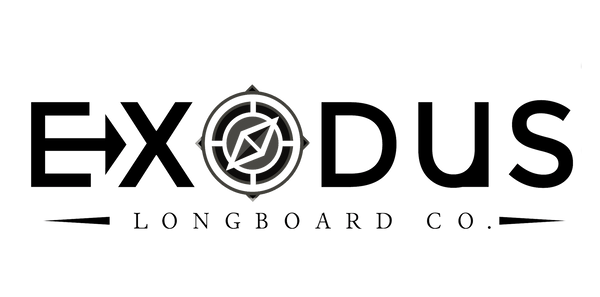Whether you're just starting out or you're a seasoned pro, longboard dancing is one of the fastest growing styles of skateboarding. It combines the best of old school skateboarding with the flowing movements of surfing. It's a great way to show off your skills, while also building up your balance and carving skills. In fact, it's one of the most popular activities for longboard riders around the world.
You'll want to find a board with a good grip. This will help you stay on the board and prevent you from sliding off. If you're a beginner, it's a good idea to practice in a safe, enclosed area first.

The Best Longboards for Dancing
The best longboards for dancing are usually about 40 inches long, with a deck that's at least 39 inches wide. If you're a heavier rider, you should consider going with a board that's a little shorter. This will make the board easier to control and prevent fatigue.
Longboard dancing is relatively easy to learn. Most longboards designed for dancing are about 40 to 48 inches long, which makes them comfortable to dance on and easy to balance. They also have a cambered concave, which creates more space for your feet. The best boards for this type of dancing are typically flexy, allowing you to do plenty of footwork.
The best longboards for dancing have a good flex, which allows you to do some pretty impressive footwork. You'll also want to choose a board that has a deck that's the right size for you. A deck that's too big or too small can hinder your dancing ability. Likewise, it's also a good idea to find a board with a nice set of wheels. Wheels that are 70 to 74 millimeters in size provide more traction, and are also good for forcing the board to turn. If you plan on performing tricks, you should also look for wheels that are higher in durometer, such as the 80A to 86A. Wheels that are too wide will prevent you from making smooth turns.

Longboard dancing is a great way to show off your skills and improve your carving and balance. It's not as dramatic as downhill riding, but it's still a good way to develop your skills. You should practice in a safe area first, and avoid stepping on anything or hitting a bump. It's also a good idea to wear protective gear. You might want to wear a helmet and knee pads.
The most basic longboard dancing move is the cross-step. This is a type of flip trick in which the back foot crosses over the front. You'll also want to learn the Ghost Ride, a simple trick that involves crossing the back leg over the front.

There are also tricks that involve tails. You can learn to spin the board with your feet or hold it with one hand. You should also practice your turns without looking down. Longboard dancing isn't as dramatic as downhill riding, but it's a great way to show off a few tricks while improving your carving and balance skills.




